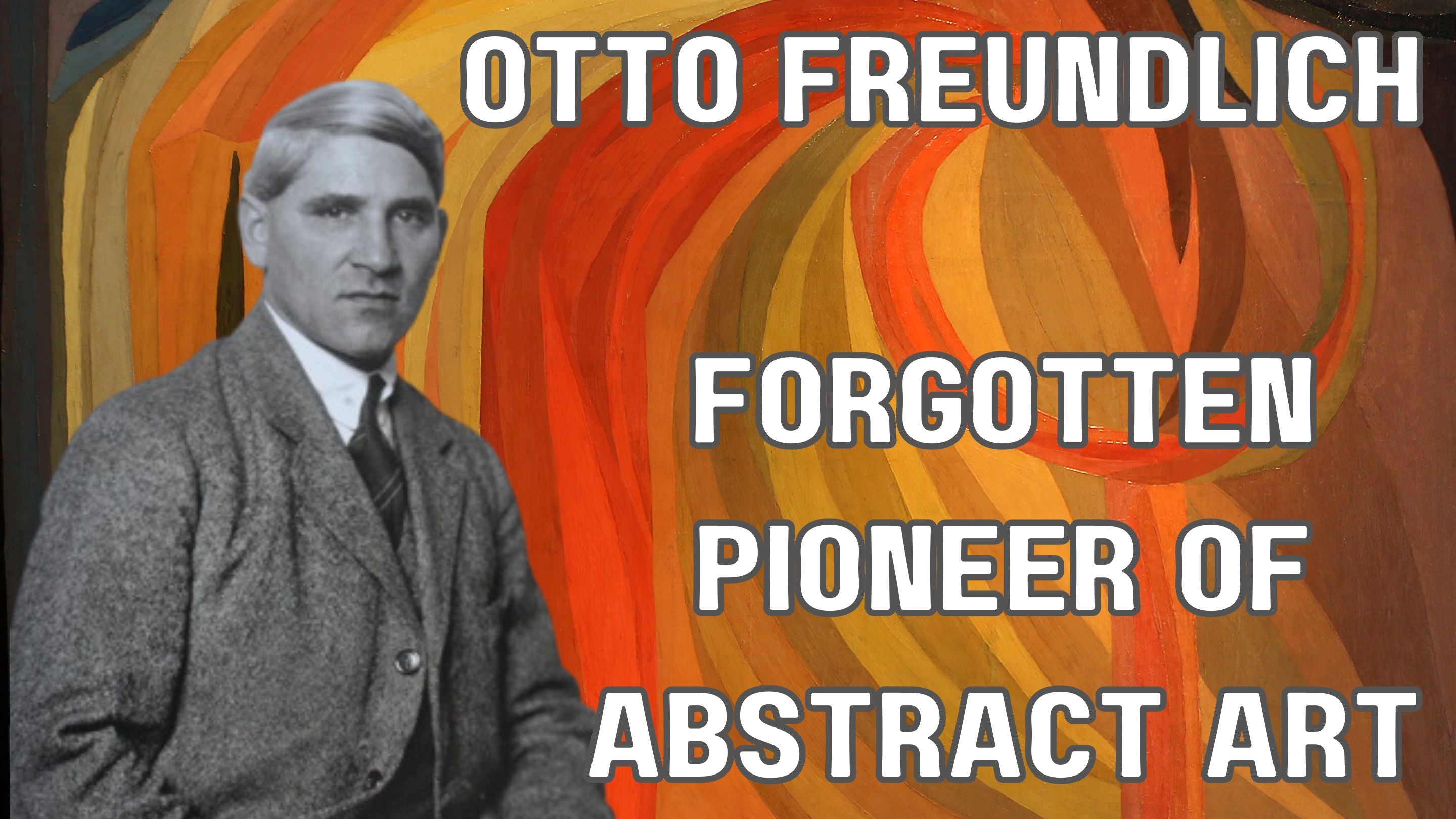Table of Contents:[hide]
Introduction
Otto Freundlich, a trailblazer in the realm of abstract art, left an indelible mark on the early 20th-century avant-garde movement. From his pioneering works to his enduring influence, this blog explores the life, art, and legacy of Otto Freundlich.
Early Life and Influences
Formative Years
Otto Freundlich was born on July 10, 1878, in Stolp, Pomerania (now Słupsk, Poland). His early life was marked by academic pursuits in philosophy and art history, providing a foundation that would later shape his artistic vision.
Parisian Sojourn
In 1908, Freundlich moved to Paris, the epicenter of the burgeoning avant-garde movement. Immersed in the city's vibrant cultural milieu, he encountered the works of artists like Picasso, Braque, and Delaunay, which fueled his fascination with abstraction.
Artistic Evolution
Breaking Ground with Abstraction
Freundlich's artistic journey underwent a radical shift, evolving from representational to abstract forms. His experiments with geometric shapes and bold colors reflected a departure from traditional artistic norms.
Influence of Cubism and Expressionism
Embracing elements of Cubism and German Expressionism, Freundlich crafted a distinctive style characterized by dynamic compositions and a vibrant color palette. His works, such as "Composition" (1911), embodied the spirit of a changing artistic landscape.
"The New Man" Sculpture
Symbolism and Concept
Among Freundlich's most iconic works is the sculpture "The New Man" (1912). This monumental piece, characterized by its abstract human form, symbolized the artist's utopian vision for a harmonious and progressive society.

Deconstruction and Reconstruction
"The New Man" exemplifies Freundlich's ability to deconstruct conventional representations while reconstructing them into avant-garde expressions. The sculpture stands as a testament to his belief in the transformative power of art.
Tragedy and Resilience
World War I and its Impact
The outbreak of World War I disrupted Freundlich's artistic pursuits. Drafted into the German army, he endured the harsh realities of war. The experience, however, did not dampen his commitment to artistic expression.
Post-War Resurgence
After the war, Freundlich returned to the art scene with renewed vigor. His style matured, reflecting the tumultuous experiences of the war era. Works like "Composition" (1924) encapsulated a synthesis of his evolving aesthetic and the resilience of the human spirit.
Spiritual Dimension in Art
Exploration of Mysticism
In the 1920s, Freundlich delved into mystical and spiritual themes. His art became a conduit for exploring the metaphysical aspects of existence. Works like "The Birth of Man" (1925) exemplify his fascination with spirituality.
Influence of Theosophy
Friendlich's exploration of spirituality was influenced by Theosophy, a spiritual movement that gained popularity in the early 20th century. This influence is evident in the symbolic and transcendental elements present in his later works.
Nazi Suppression and Legacy
Nazi Persecution
With the rise of the Nazis, Freundlich, being of Jewish descent, faced persecution. His works were included in the infamous "Degenerate Art" exhibition in 1937, and many of his pieces were confiscated or destroyed. Forced to flee, Freundlich's life took a tragic turn.
Enduring Legacy
Despite the adversity he faced, Otto Freundlich's artistic legacy persists. His contributions to abstract art, along with his unwavering commitment to artistic freedom, continue to inspire contemporary artists and art enthusiasts.
FAQs about Otto Freundlich
1. What is Otto Freundlich's most famous artwork?
- "The New Man" (1912) is widely regarded as Otto Freundlich's most famous artwork. This monumental sculpture embodies his abstract and utopian vision.
2. How did World War I impact Freundlich's art?
- World War I disrupted Freundlich's artistic pursuits, but the post-war period saw a resurgence in his work, with pieces like "Ascension" reflecting his resilience.
3. What themes did Freundlich explore in his later works?
- In the 1920s, Freundlich delved into mystical and spiritual themes, influenced by Theosophy. Works like "The Birth of Man" (1925) exemplify this exploration.
4. What happened to Freundlich during the Nazi era?
- Being of Jewish descent, Freundlich faced persecution under the Nazis. His works were included in the "Degenerate Art" exhibition, and he was forced to flee.
5. What is Otto Freundlich's enduring legacy?
- Despite the challenges he faced, Freundlich's legacy endures through his contributions to abstract art and his unwavering commitment to artistic freedom.
Conclusion
Otto Freundlich's artistic journey, marked by innovation and resilience, offers a profound glimpse into the transformative power of art. From his early influences to the enduring legacy, Freundlich's work continues to captivate and inspire, transcending temporal and artistic boundaries.




